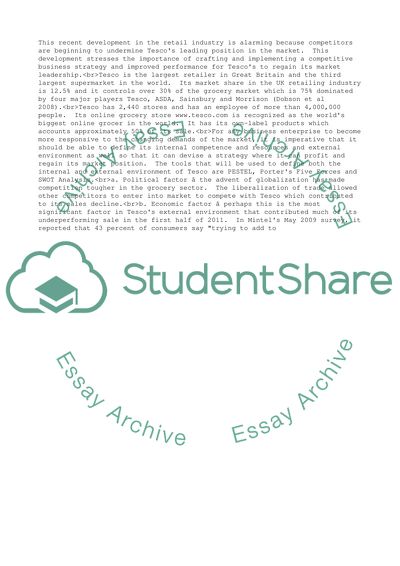Cite this document
(Contemporary issues in business and management Essay, n.d.)
Contemporary issues in business and management Essay. https://studentshare.org/management/1791863-contemporary-issues-in-business-and-management
Contemporary issues in business and management Essay. https://studentshare.org/management/1791863-contemporary-issues-in-business-and-management
(Contemporary Issues in Business and Management Essay)
Contemporary Issues in Business and Management Essay. https://studentshare.org/management/1791863-contemporary-issues-in-business-and-management.
Contemporary Issues in Business and Management Essay. https://studentshare.org/management/1791863-contemporary-issues-in-business-and-management.
“Contemporary Issues in Business and Management Essay”. https://studentshare.org/management/1791863-contemporary-issues-in-business-and-management.


